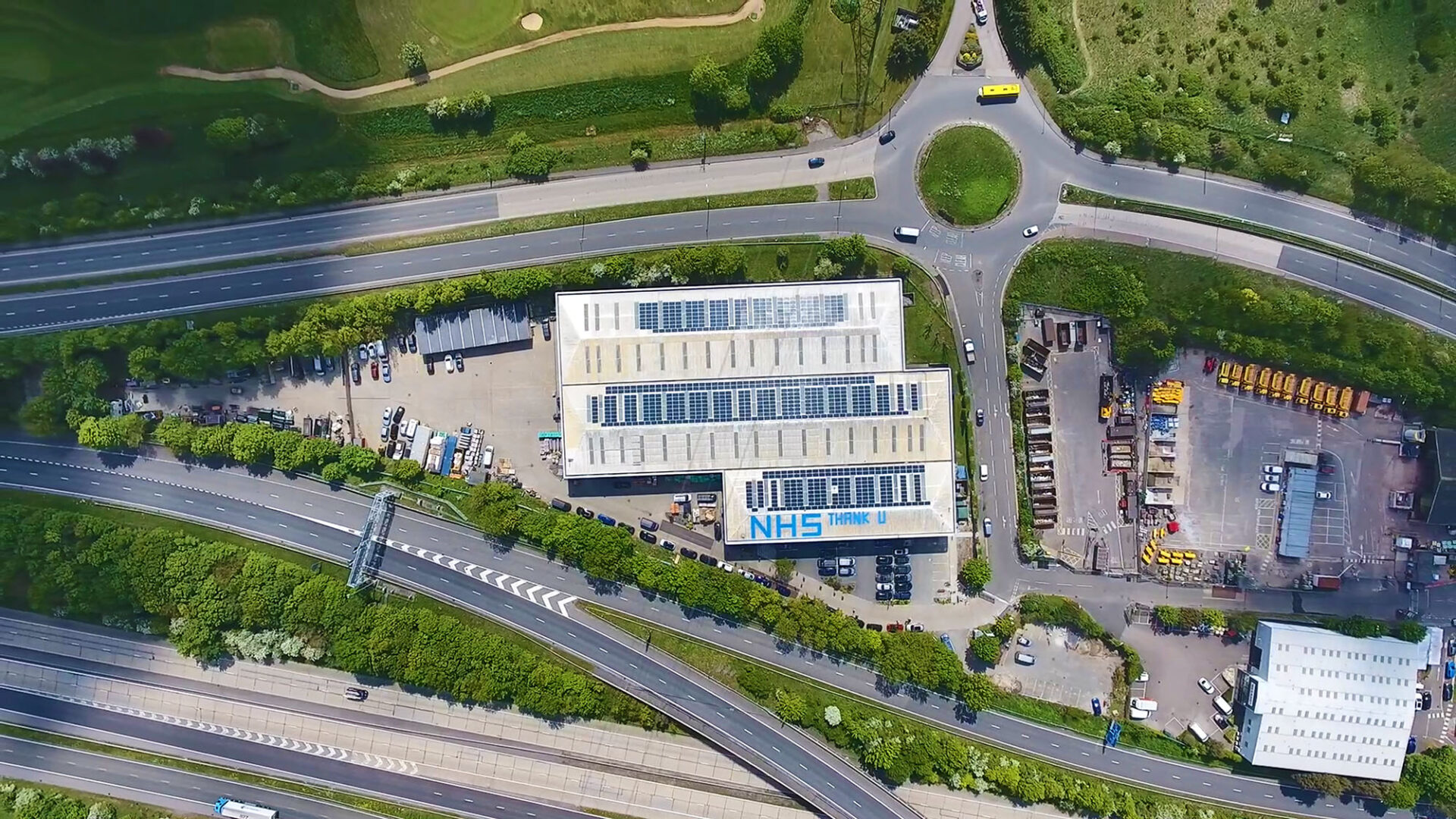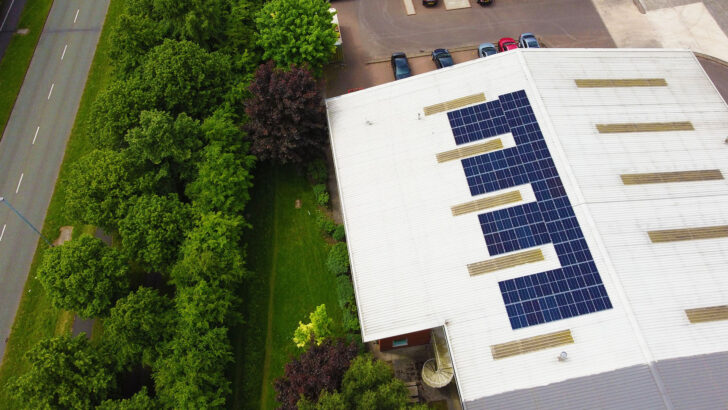Rooftop solar case study: Westbrook Industrial, Warrington

Recognising the growing importance of energy efficiency, Westbrook Industrial has recently expanded its efforts in adopting and promoting rooftop solar. This expansion of rooftop solar has been through a new company called ASG Energy Services.
Based in Warrington, the warehouse logistics provider has a 21-kilowatt solar energy system. This generates over 40% of their needed yearly electricity and has reduced their carbon footprint. It’s also been a financial boon, with a return on investment projected within two and a half years.
Sustainable operations
Amidst a cost-of-living crisis, rooftop solar is a practical solution driven by its inherent cost-saving potential.
‘We have an extraordinary amount of rooftop space in the UK just from a warehouse industrial sector. If we could get 40% of that to put 40% solar panel coverage on the roof, that would be a massive help to the country’, says Tony Gresty, managing director of both Westbrook and ASG Energy.
He is confident that the adoption of solar power in warehouses can pave the way for self-sufficiency and sustainable operations at a reasonable cost. Moreover, solar panel systems installed on warehouse rooftops protect against energy fluctuations and concerns over limited supply. As a result, rooftop solar reinforces energy security and boosts resilience.
In the long-term, rooftop solar plays a pivotal role in addressing energy challenges and reducing carbon emissions across the supply chain. By embracing solar, warehouses can achieve a more sustainable energy mix and align with carbon tracking frameworks. This approach allows businesses to meet sustainability goals and fulfill the evolving carbon footprint requirements set by industry leaders like Tesco.
Holding rooftop solar back
Despite these extensive benefits, the widespread installation of rooftop solar has been inadequate. One of its main challenges is obtaining permission from landlords, as many businesses do not own the warehouses they operate in. Lease agreements also cause issues with tenants. Typically they’ll need to remove the solar panels at the end of the lease or leave the investment with the landlord.

The National Grid presents another great challenge to the widespread use of rooftop solar. Under investment in certain areas has resulted in inadequate capacity to accommodate large-scale solar panel systems.
‘The grid is designed like a tree, so all the power comes up through the trunk and then disseminates out to the leaves. And what we do with renewables is we tend to try and do that the other way around. We tend to generate on the extremities and feed back inwards where needed’, Tony adds.
Addressing this challenge requires big investments in grid infrastructure to support renewable energy export and provide efficient energy distribution across the country.
Government can play a pivotal role
At Westbrook Industrial, they believe that to accelerate the adoption of rooftop solar, the government can play a pivotal role by introducing stronger financial incentives. Prioritising sustainable energy solutions such as rooftop solar over carbon capture can lead to more effective and immediate progress towards sustainability goals. Additionally, government-enforced regulations promoting transparency and ethical procurement of solar panels, including anti-slavery policies and supplier compliance requirements, can ensure responsible decision-making.
Tony stresses that the urgency lies in embracing rooftop solar and other sustainable measures within the next few years to mitigate the escalating climate crisis.
‘My message to the government is from a climate crisis point of view, there’s no such thing as a slow victory. If we don’t get on with it in the next sort of 6 to 7 years, the climate emergency is just going to get worse and worse’.



